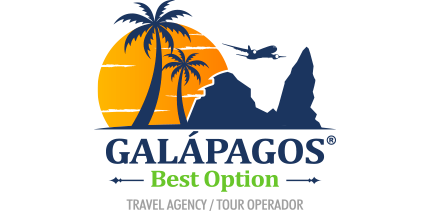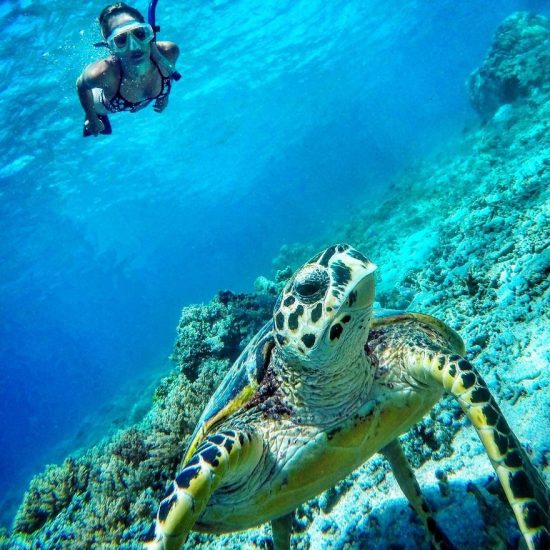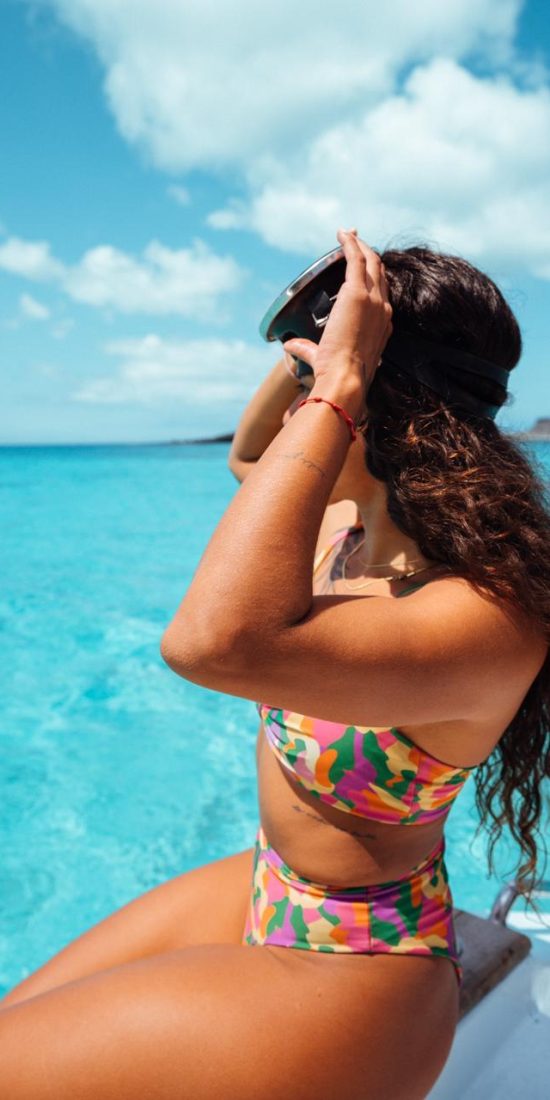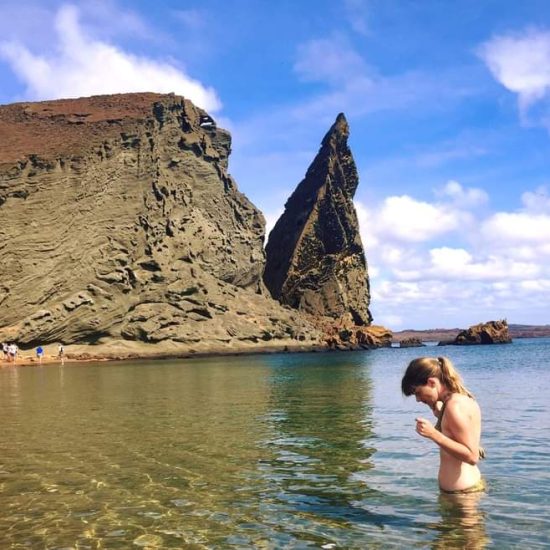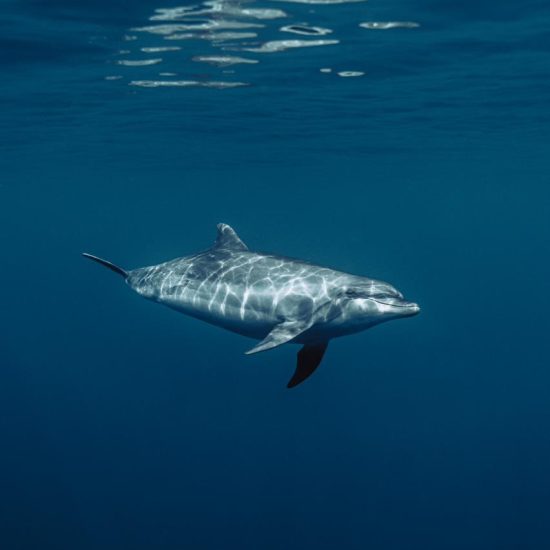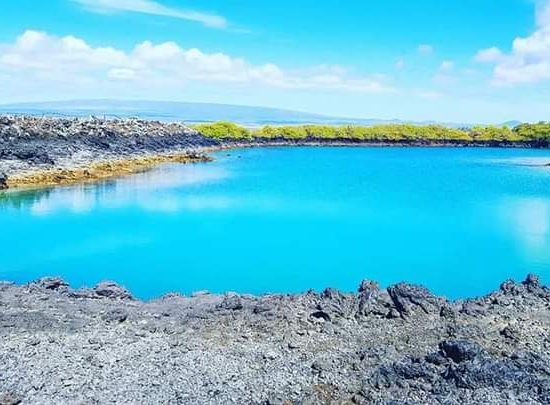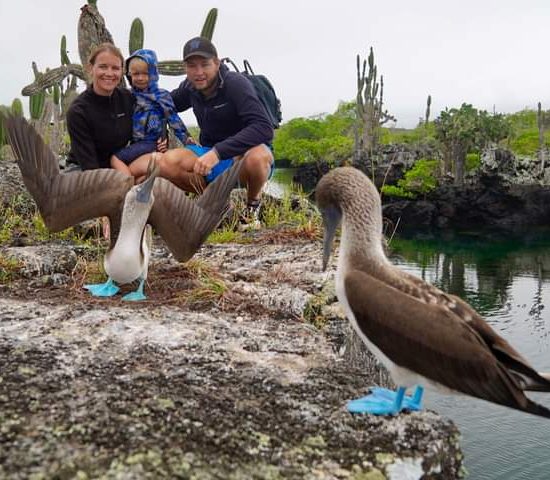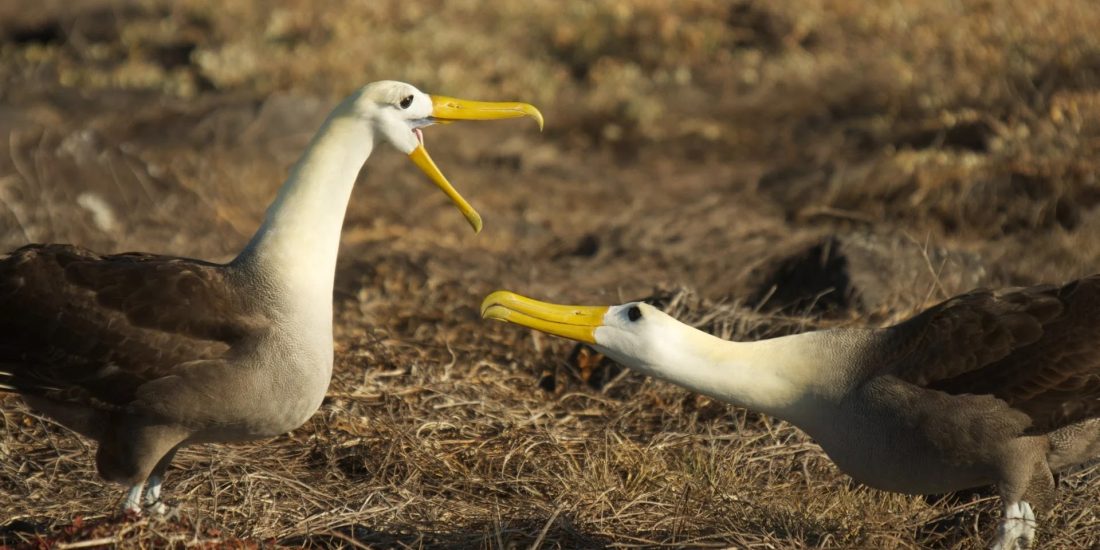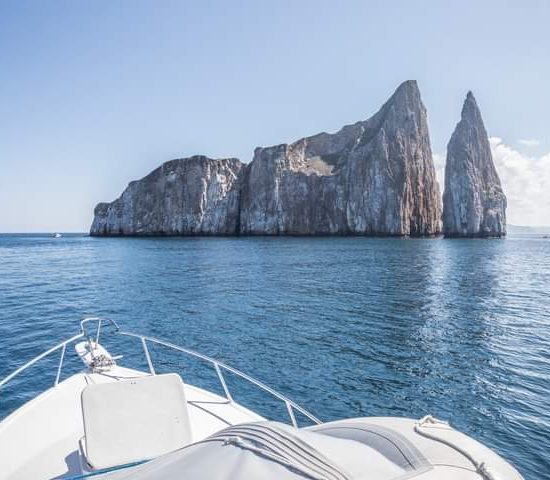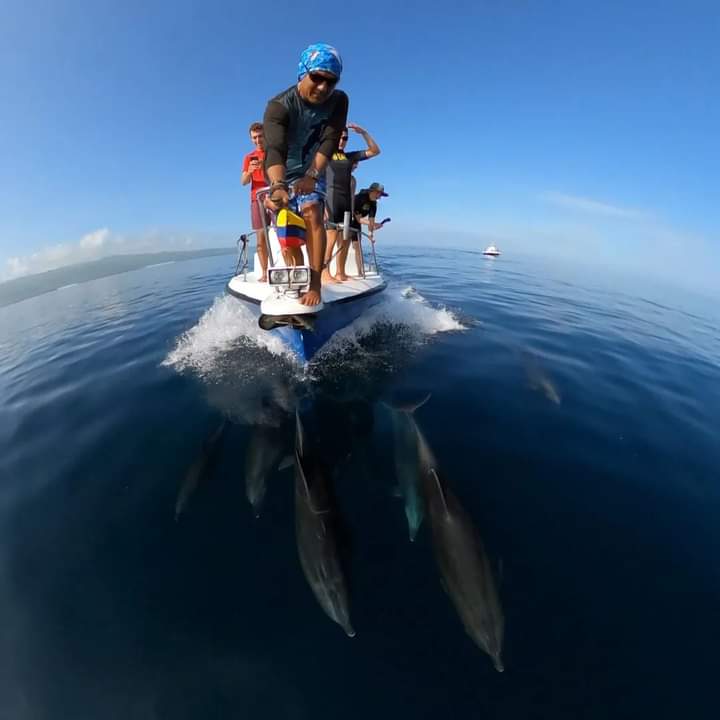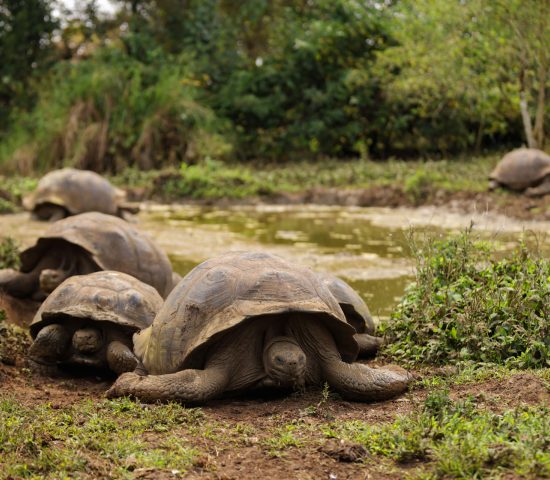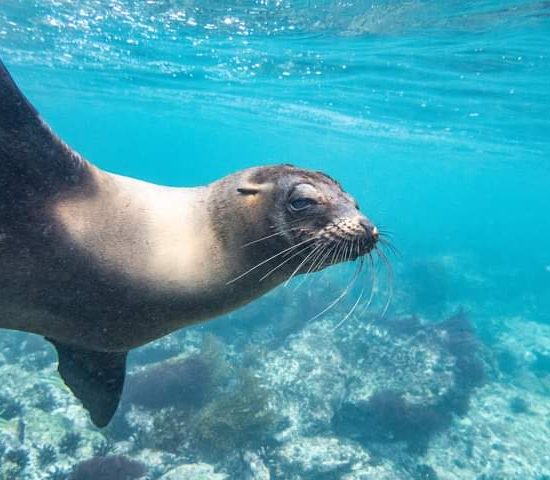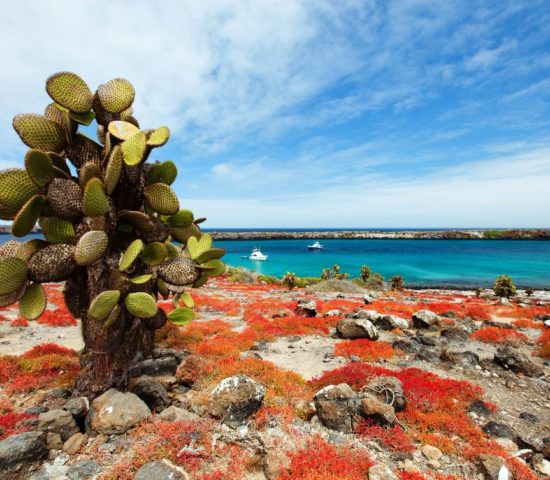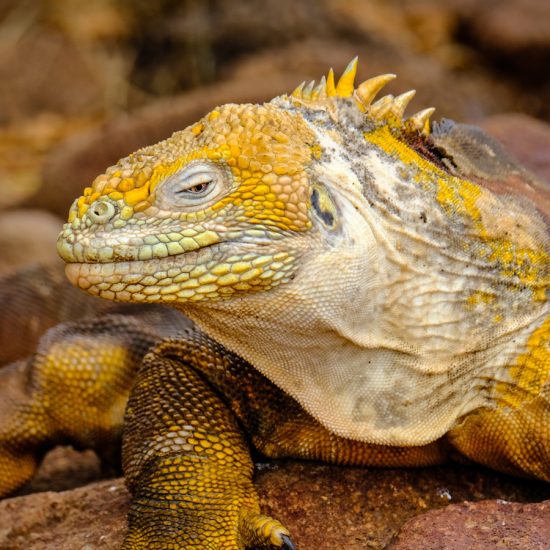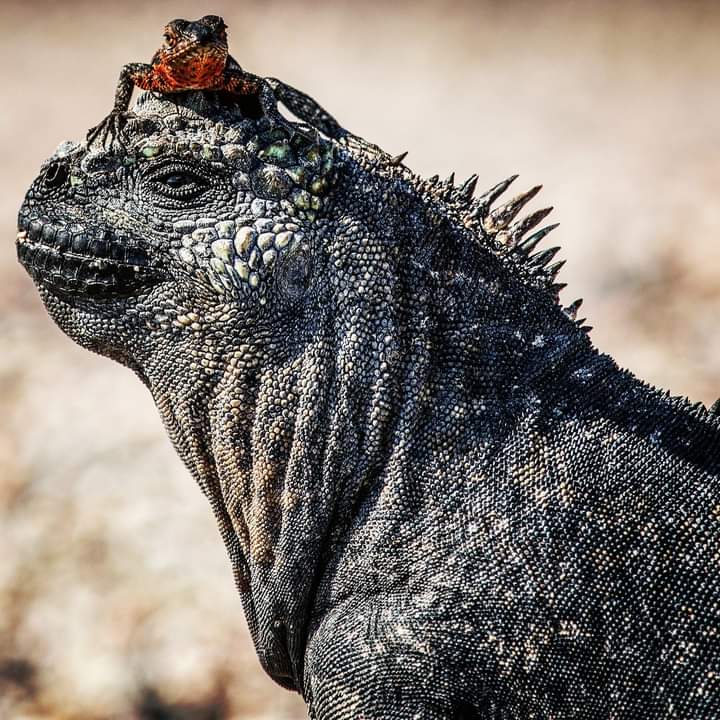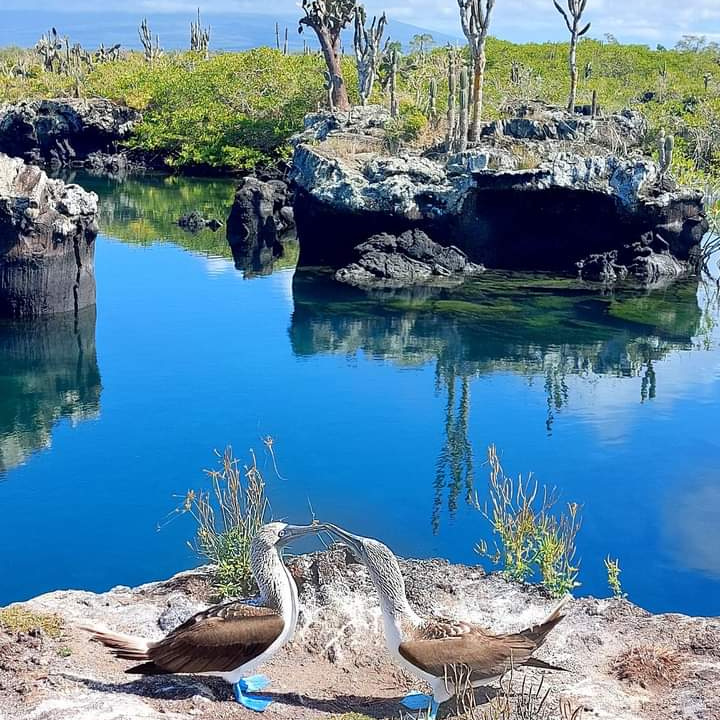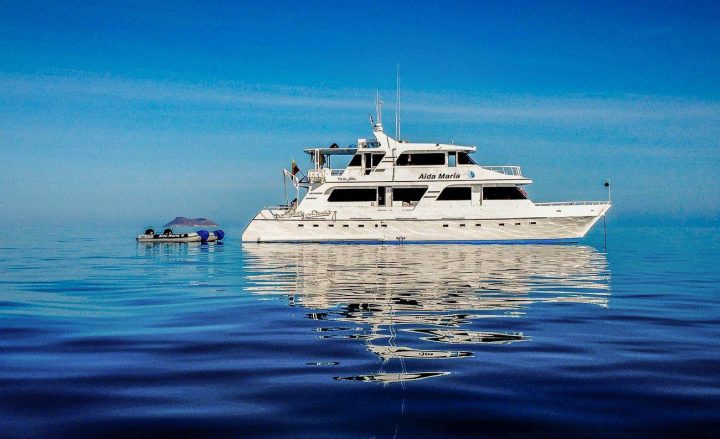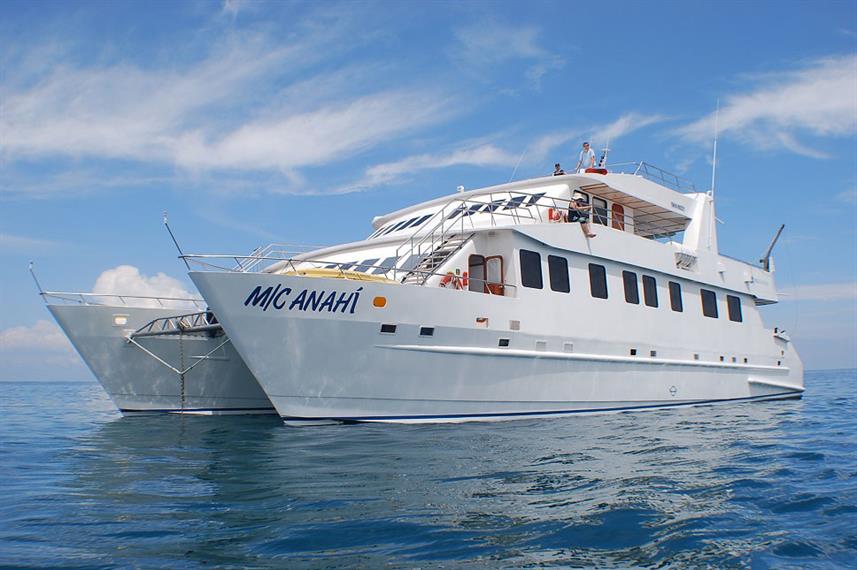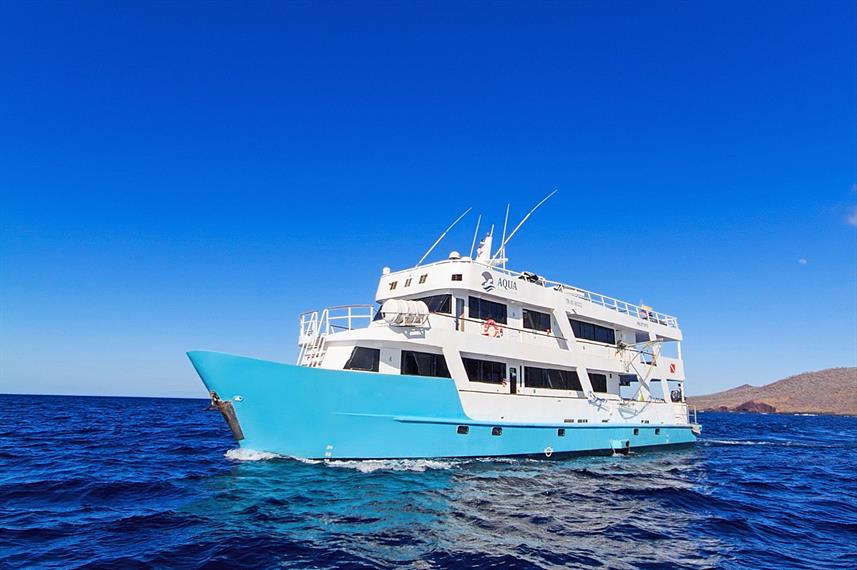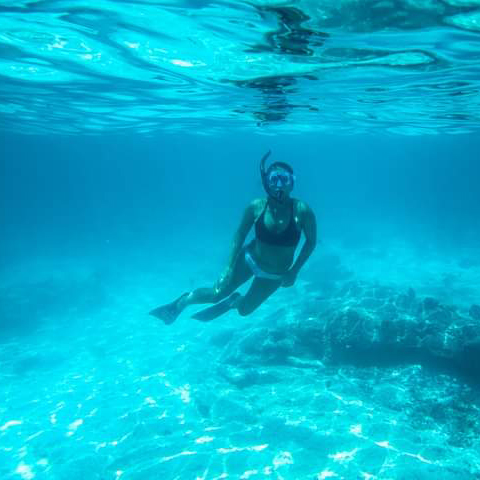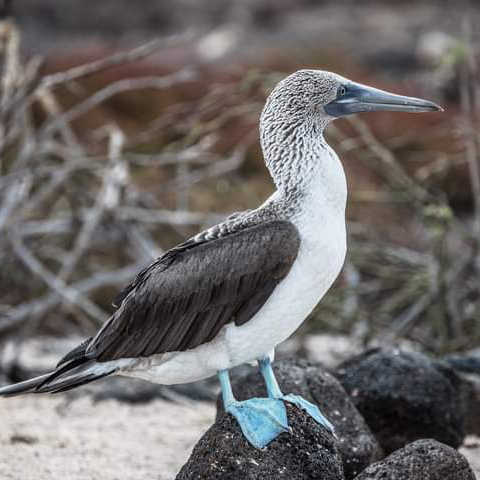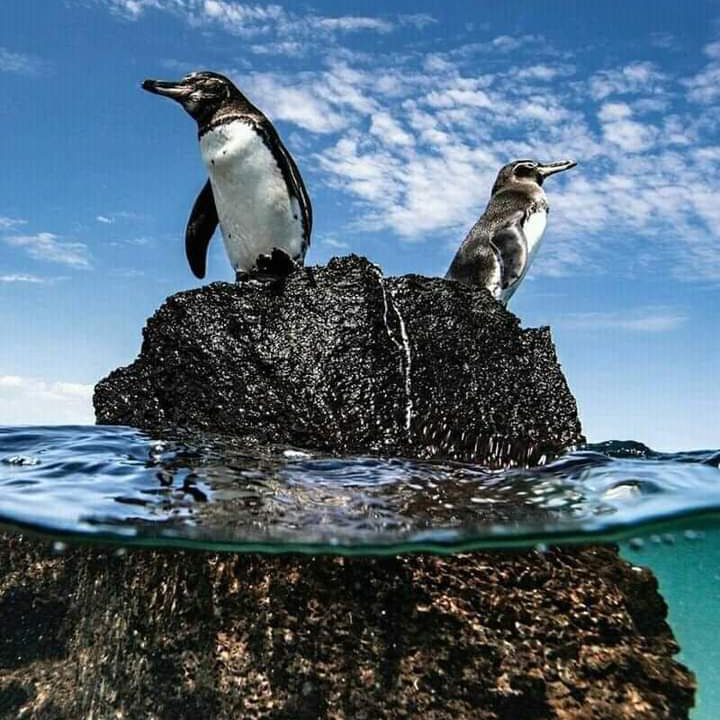Amazing Tours And Fun
Adventures Await You
We'll help you find the best ways to discover the Galapagos Islands. With more than 20 years of experience offering tours in this fascinating UNESCO World Heritage Site, we are very attentive to your requirements. We have developed these unique itineraries that provide the opportunity to experience the Galapagueña culture in first class hotels near the sea and/or take a cruise around the beautiful islands of this majestic archipelago.
Choose The Perfect
Destination For Your Vacation
Galápagos Galápagos
Discovery
The Galápagos Islands (also officially known as the Colón Archipelago or Galápagos Archipelago) are in the Pacific Ocean, 972 km west from the coast of Ecuador. They are also called the Enchanted Islands due to the strong currents that make navigating difficult and because of the garua (mist) that can make it seem like the islands are moving rather than the ships.
The islands were discovered in 1535 by the crew of a ship carrying the Bishop of Panama, Tomas de Berlanga, who was sailing from Panama to Lima, Peru. The archipelago is made up of thirteen large islands with an area greater than 10 km², nine medium-sized islands with an area of 1 km² to 10 km², and another 107 small islets, in addition to rocky promontories of a few square meters, distributed around the equatorial line. Together with the Malay Archipelago, it is the only archipelago on the planet that has territory in both the northern and southern hemispheres.
Nature
The Galapagos Islands are famous for their numerous endemic species which cannot be found anywhere else in the world and for the studies of Charles Darwin that led him to establish his theory of evolution by natural selection. The islands are also very biodiverse because of the many different habitat zones that can be found. From coral reefs to highland forests, sand dunes to scrubland, there are changing habitats from island to island.
Creation Creation
History
It is estimated that the formation of the first island took place more than five million years ago as a result of tectonic activity. The most recently formed islands, Isabela and Fernandina, are still actively undergoing changes with volcanic eruptions occurring to the present day.
